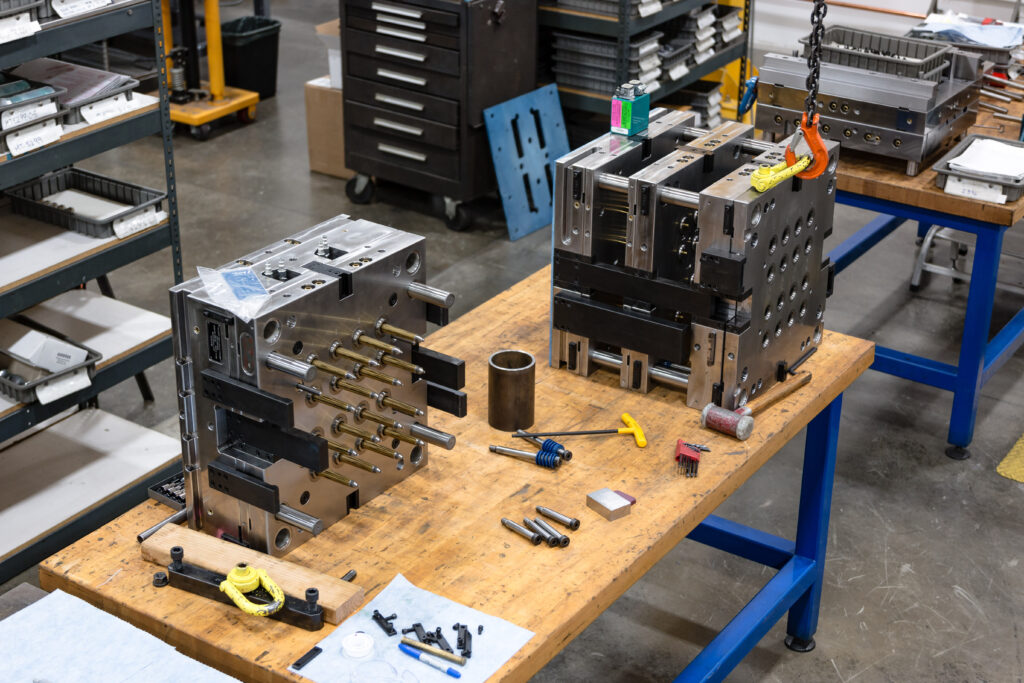When it comes to contract plastics manufacturing, precision injection molding stands out as a key technique for producing high-quality plastic parts with remarkable accuracy. However, diving into a new molding project can often come with its own set of challenges, especially when it comes to budgeting. Fortunately, by asking the right questions before starting your project, you can save money while ensuring your product meets the highest standards of quality. Here are three critical questions to help guide you through your precision molding journey:
1. What is the Optimal Material for My Project?
Choosing the right material is pivotal in precision injection molding. Not only does it impact the cost, but it also affects the performance, durability, and overall quality of the final product. Before settling on a material, consider these factors:
Functionality: Does the material meet the functional requirements of your product, such as strength, flexibility, or heat resistance?
Cost-Effectiveness: Is there a more affordable alternative that meets your project’s requirements without compromising quality?
Availability: Are there any supply chain issues with the material that could delay production and increase costs?
Your injection molding partner can and should be able to provide valuable insights into the most cost-effective materials that suit your project’s needs, potentially saving significant amounts of money in the long run.
2. How Can Design Optimization Reduce My Costs?
The design phase holds the key to unlocking savings in injection molding projects. A well-optimized design not only streamlines production but also minimizes waste, both of which are crucial for cost reduction. Consider asking:
-Are there any design elements that can be simplified or removed without affecting the product’s functionality?
-Can the wall thickness be optimized to reduce material usage while maintaining structural integrity?
-Are there undercuts or complex geometries that require expensive mold modifications?
Engage with your molding provider to conduct a Design for Manufacturability (DFM) analysis. This process can identify potential issues before they arise, suggesting design adjustments that can lead to significant cost savings.
3. What Prototyping Methods Should I Consider to Ensure Cost-Effectiveness?
Prototyping is an invaluable step in the product development process, allowing for testing and refinement before full-scale production. However, not all prototyping methods are created equal in terms of cost. Ask yourself:
-Which prototyping technique offers the best balance between cost, speed, and accuracy for my needs?
-Can rapid prototyping methods like 3D printing provide the insight needed to make informed decisions without the high costs associated with traditional methods?
-How can I use prototyping to identify and address potential production challenges early on?
Selecting the right prototyping method can significantly reduce development costs by ensuring the final design is optimized for production.
Conclusion
Precision molding is a sophisticated process that demands careful planning and consideration to maximize cost efficiency. By asking these three critical questions about material selection, design optimization, and prototyping, you can take a proactive approach to manage costs effectively. Remember, the key to saving money in precision molding lies in early and continuous collaboration with your injection molding partner. Their expertise and guidance can help navigate the complexities of material selection, design challenges, and prototyping options, ensuring your project is both high-quality and cost-effective.
This blog post is designed to offer actionable insights for businesses looking to leverage precision injection molding for their manufacturing needs, emphasizing the importance of strategic planning and collaboration to optimize costs.


